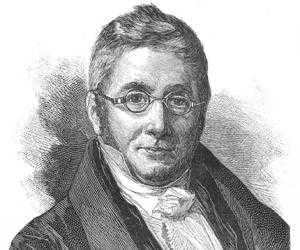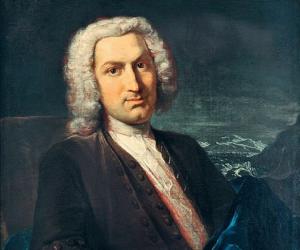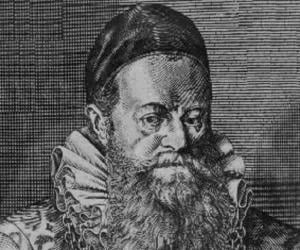1
Conrad Gessner
(Swiss Physician, Naturalist and Philologist Known for His Systematic Compilations of Information on Animals and Plants)

19
7
Birthdate: March 26, 1516
Sun Sign: Aries
Birthplace: Zürich, Switzerland
Died: December 13, 1565
Conrad Gessner was a Swiss physician, naturalist, bibliographer, and philologist known for his monumental works on bibliography and zoology. He served as Zürich's city physician while dedicating much of his time to collecting, research, and writing. Gessner's contributions include the Bibliotheca universalis, Historia animalium, and significant botanical texts. He is considered the father of modern scientific bibliography, zoology, and botany, often being the first to describe new plant and animal species in Europe. Numerous plants and animals have been named in his honor.







